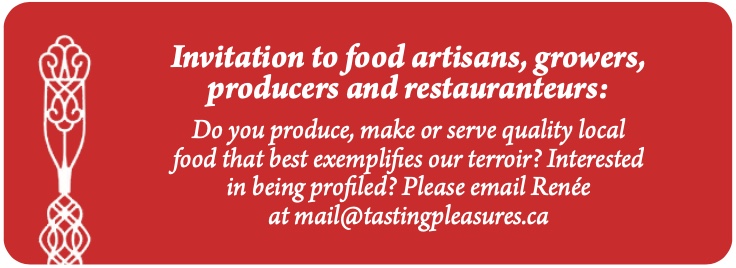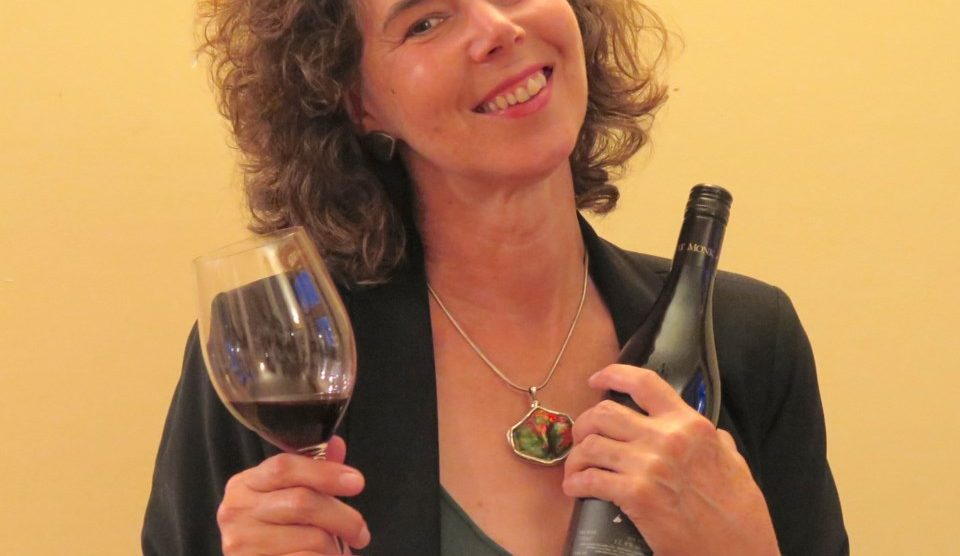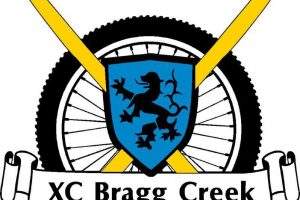Meet two brothers – Cabernet Sauvignon and Merlot
What’s the difference between Cabernet Sauvignon and Merlot grapes? Confusion in the liquor store is often cited as the reason consumers select their “go-to” wines or pick fun labels, severely limiting their wine-tasting journey.
With a bit of help they too, can make sense of a myriad of choices and be well on your way to exploring grapes and wine styles in a way that works for you. Understanding grapes and their wines is a little bit like…. understanding car makers and their cars. Once you have a basic knowledge of them, you will be able to shop with confidence. In the next few months, I will gradually introduce you to popular grapes to set you up in your wine-tasting journey.
Cabernet Sauvignon and Merlot grapes are often described as brothers. The first is the big brother – assertive, bold, expressive, and structured. The “type A,” if you will. The second one is the little brother. In many ways similar to the big brother but toned down. With less attitude – smoother, gentler, fruitier, easygoing. The “type B.”Both are red grapes, take their origins in the same area (Bordeaux) and are equally celebrated. Cabs have aromatics of black currants, black cherries, red currants and sometimes mint. Merlot offers blackberries, and plum. Oak, vanilla, and other earthy flavours are the results of barrel aging.
The big difference between the two grapes is their berries. The Cabernet Sauvignon grape has a thick skin, lots of tannin, flavours and acidity. The resulting wine is bold and structured. If it is aged in oak barrels, especially “new” oak barrels, it further develops flavours, structure and intensity.
Conversely, Merlot’s grapes are thinner, with less acidity and tannin. When vinified, the wine is gentler. That said, Merlot can still be aged in oak and develop significant structure.
Both these grapes take their origin in Bordeaux, France and are typically blended together. The reason is strategic. Bordeaux is a region susceptible to climate and weather variations. It is also quite humid and vulnerable to mould and diseases. Growing and blending Cabernet Sauvignon (which loves hot, dry growing seasons) and Merlot (which favour milder years and grow rapidly) makes sense. Together they add complexity by complementing each other, and the quality of wines is maintained year over year irrespective of the climate conditions. Incidentally, Bordeaux uses other grapes in their wines for similar reasons but more on those ones in a future article.
And so “terroir,” meaning climate, soil, altitude and traditions, influence how a wine tastes. Other regions successfully produce those two popular grapes, including Southern France (Languedoc), Tuscany, Italy (aka the “Super Tuscan”) and Northern Spain. These wines are a bit fruitier and more approachable than the assertive Bordeaux in these regions.
These grapes produce juicy, fruit-forward, bold reds in the New World and are often thought of as “sweet”. Think California, Australian and South African Cabs. In these regions, the vines grow in warm areas where the fruits are allowed to mature for an extended period before harvest to develop maximum flavours. In cooler areas, namely Canada and Chili, the wines are less intense with higher acidity resulting in elegance and often more refined.
So, what pairs with these wines? In the New World, the big, fruit-forward reds are often described as “sweet .” Cabs do well with bold dishes such as BBQ steaks, pot roast, venison, bleu, and aged cheeses. The more restrained reds (Bordeaux, Canada, Chili, Spain), and New World Merlot will go well with the pepper steak, tenderloin, roast beef and aged cheeses. Merlots also work well with mildly spiced sausages.
These reds age up to 4-8 years or more. But, speak to a knowledgeable retailer or read about the label in question. Not all are designed for it.
Big reds are best served at about 18C. If you keep your wine in the basement, it probably will be at the right temperature, as your kitchen is likely too warm.
So, what car(s) can we compare the Cabernet Sauvignon to? If from Bordeaux – an SUV Porsche Cayenne. If from the New World, most likely a Ford F350. As for Merlot? A Toyota 4 Runner.
What do you think?
Cheers!
Renée Delorme, Sommelier
www.tastingpleasures.ca
403.200.9961
mail@tastingpleasures.ca
Indulge in the pleasures of private tastings



























